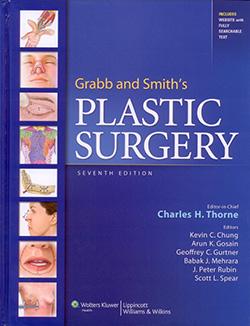
Rhinoplasty improves the aesthetic appearance of the nose, balancing your facial features and providing a more pleasing appearance. The vast majority of people who decide to have a nose job want the procedure to introduce subtle enhancements and deliver natural-looking outcomes. Almost nobody wants any indication that surgery has been performed and prefers to look as if this is the nose they always had. This explains why plastic surgery requires skill, experience, and considerable attention to detail.
Rhinoplasty is a complex procedure. And since the nose is the most central feature of the face, even a tiny mistake can lead to lasting outcomes that may compromise one's nasal appearance. For this reason, despite being a routine procedure, rhinoplasty is a somewhat delicate procedure.
A good nose job results in barely noticeable changes but an overall improved appearance. So why are some nose jobs more noticeable than others? Here are four possible reasons:
1. An overly reduced bridge
One of the most common indications for rhinoplasty is a hump on the bridge of the nose. During rhinoplasty, the hump is gradually filed down until the bridge is smooth (or has the shape the patient and surgeon have agreed upon preoperatively). It is reasonably common to see people whose bridge has been filed down too much resulting in an unnatural shape to the bridge. The ultimate example is what’s called the “saddle deformity” in which the middle portion of the nose has been so reduced that it looks like a saddle, with an obvious depression in the middle of it.
2. Unattractive Nasal Tip
Over-reduction of the tip cartilages may result in the formation of a pinched nasal tip. The pinched tip not only looks unnatural, but it can also cause difficulty breathing. Sometimes cartilage irregularities are visible. One of the most feared complications is the overly turned-up nasal tip, which results from over-resection of the septum and the upper lateral cartilages. This is the so-called “piggy nose.”
3. Unnatural nasal width
Some patients develop unnatural nasal width, with either the upper portion of the nose being too wide or the middle portion of the nose being too narrow. The upper portion of the nose contains bone and if the bone is not cut accurately and in the right place, the width may not be properly reduced. In some cases the right and left nasal bones are not cut symmetrically leading to the asymmetry of the upper third of the nose. If too much of the upper lateral cartilages are trimmed in the middle third of the nose, the patient may develop a nose that is too thin in the mid-portion – the so-called “inverted V deformity.”
4. Under or Over-correction
An under-corrected nose is preferable because more can always be done. The bigger problem and the one that looks like a nose job is an over-corrected nose that may have a combination of the three reasons mentioned above. Correcting an over-corrected nose requires the addition of material and frequently requires that the surgeon deal with scar tissue.
When people say they had a botched nose job, they are usually referring to one that was overcorrected in more than one day which requires the most experience to correct.
Consult a Plastic Surgeon
Precision and judgment are the keys to a natural-appearing nose job. Therefore, it is always a good idea to consult a plastic surgeon with the knowledge, skill, artistry, and experience in rhinoplasty. Dr. Charles Thorne is a renowned plastic surgeon with extensive experience in plastic surgery, including nose jobs. Schedule a virtual consultation with Dr. Thorne to determine your candidacy for a nose job.

Dr. Thorne is the Editor-in-Chief and the author of several chapters in Grabb and Smith's PLASTIC SURGERY, 7th Edition.
